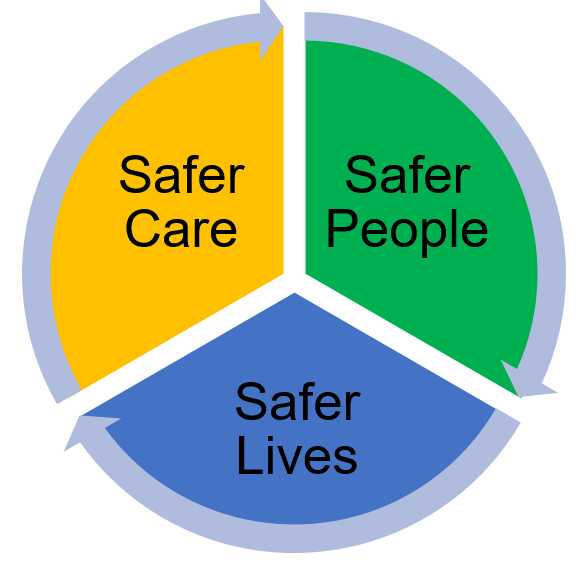Impact
Key to this is monitoring the outcomes of the care we give - to be sure it is having the right impact. But also exploring and investigating when things don't go so well, understanding why this was, and learning. It is also important that this learning informs all teams in the Trust - not just the team where the incident or issue occurred. See our PSIRF Patient Information leaflet.
We have a number of ways that we do this and measure the impact of the care we provide. And processes in place for staff to report when some an incident occurs which sets off a train of actions to bring about improvements.
If you have been a patient or service user of ELFT and would like to be involved in work about safety and improvement in the Trust, we'd love to hear from you. See the information below and email us at: elft.safetynetwork@nhs.net.
